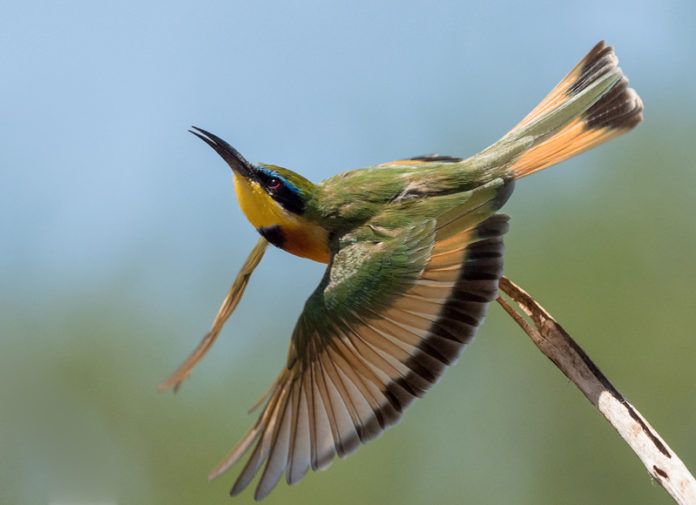by Joe McDonald
Somewhere around 1965, not yet in high school and enamored with turtles and snakes, I got my first 35mm rangefinder camera, planning on documenting reptiles as I envisioned my life as a herpetologist. Then I made a mistake – I snapped a picture of a groundhog, a beagle-sized rodent that often fed in the far reaches of my parents’ backyard. That shot changed everything for me, as that big groundhog was merely a speck on the 3×5 print I reviewed days later. I was disappointed, but that disappointment didn’t lead to discouragement. Instead, I was motivated to learn more, to discover single-lens-reflex cameras and telephoto lenses. Not long afterward, my life as a wildlife photographer really began.
I’m sure every photographer has a similar ‘ah ha!’ moment that hooks you, that draws you in to the world of photography, but over time, that initial enchantment or excitement might get lost, as the size and weight of your equipment has you second guessing, ‘is that shot worth the effort?’ Don’t worry, I’m still excited about making photographs, but I must admit that as I’ve gotten older I’ve often had those second thoughts about hiking up a mountainside or ploughing along through sand or snow, wearing a heavy backpack and lugging a heavy telephoto and tripod over my shoulder.
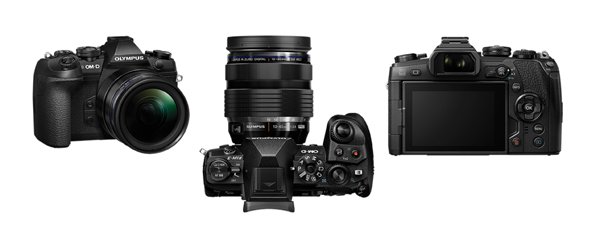
Be honest – all of you have hesitated at times, or even passed on a shooting opportunity, because the effort was too much or the gear too heavy to justify the effort. Don’t be ashamed, almost every photographer over 50 has had similar thoughts. When you begin to wonder if the effort to make a photograph is worth the reward, it might be time for a change.
So I made a change. I switched camera systems and went to the Olympus micro 4/3rds mirrorless system. I shaved tons of weight and, quite unexpectedly, got very excited about photography again. That’s saying a lot as anyone who knows me would ever think I wasn’t very excited already. So perhaps that excitement has just been racketed up, big time!
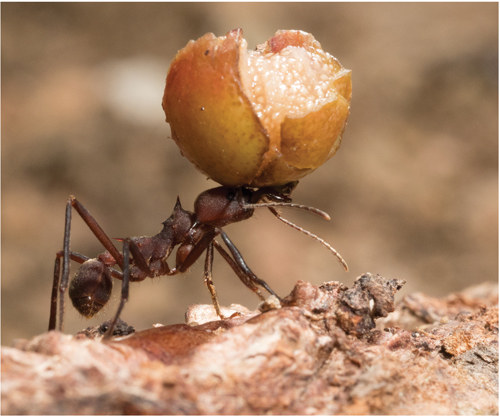
I didn’t expect this. I hadn’t intended to switch from a traditional DSLR to a mirrorless system, but my wife Mary Ann and I had the chance to try the Olympus system on a loan. We decided to give it a try, though somewhat reluctant to do so. I didn’t know much about mirrorless but we were about to do a photo tour that we’ve done for years, and I wasn’t too worried that we might miss the shot of a life-time as we experimented with a new system.
That first experiment had us intrigued enough for us to take the gear to Kenya for a real field test and that trip almost had us convinced. So we took the gear to Chile, one of our more arduous trips as we photographed wild Pumas, and after that trip we were hooked.
We were hooked for a number of reasons. Our initial attraction, and probably also the source of some skepticism we had about a micro 4/3rds system, was the size and weight. The Olympus OM-D-E Mark II and 300mm f4 lens, coupled with a 1.4X tele-converter, gave me the focal length equivalent of 840mm and weighed around 5 pounds. My Canon 1DX Mark II and 800mm f5.6 lens weighs 15 pounds and occupies about three times the space that the Olympus rig did in my backpack. That was a big plus.
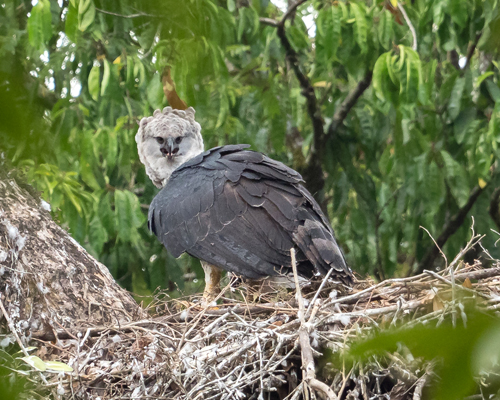
Before we started using the gear we had some concerns about image quality, and ISO and noise. We’d heard that the small sensor size was problematic and noise would be an issue at higher ISOs. We discovered that wasn’t a problem. Now we usually shoot at ISO 800 and, when needed, ISO 1600 and 2000. We’re very happy with the images.
More importantly to us, photography has become fun again and that’s because shooting is almost effortless now. Recently a friend and I hiked the sandy beaches on the New Jersey coast as we searched for wintering Snowy Owls. Soft sand is not your friend, especially when you are dressed for freezing temperatures and you are carrying heavy gear. My friend was carrying an 800mm pro camera and heavy tripod, and he was suffering. Me, well, I was carrying the 5 pound Olympus system mounted on a monopod and I was ready to go for miles while my friend, after several hikes, was ready for CPR!
In Chile, while we searched for Pumas we’d also find foxes and condors and guanacos as we drove the dusty roads. I could drive with my rig resting in my lap. If I found something interesting, I’d stop and shoot out the window or get out and hand-hold the camera and lens. Because I had the gear literally in my lap, I was capturing images that I had missed on previous trips. I was fast and physically unstressed. I kept thinking, there’d be no way I could have shot so easily and effortlessly with my previous system.

Photography was fun for another reason, too. We were capturing images that we never had before, and that’s because of a real game-changing feature, ProCapture. This is one of the drive options and I am not exaggerating when I say it is a game changer. In ProCapture, when the camera shutter is depressed half-way, images are recorded in the camera buffer in a continuous loop but not to the SD card until the shutter button is fully depressed, firing the camera. Then, that shot and the 14 images recorded previously write to the card. Now imagine a bird taking off from a limb. If you’re like me, you usually record only a bare limb, as your reaction time and the camera’s mechanical delay results in lost microseconds. With ProCapture, my last frame – the one that I shot pressing down on the shutter button isn’t important. The 14 shots preceding that frame are, and I’m likely to have the bird in 14 different poses as it begins its take-off. Now that’s fun! (Note: The newest Olympus, of M1X, records 35 images in ProCapture).
I’ve become a real advocate. On our last three trips Mary and I were the only photographers using mirrorless cameras, and thus the only ones carrying light-weight gear. I couldn’t help myself and had to ask folks carrying big lenses to pick up my light weight rig and see what I was shooting with ProCapture and just hand-holding 840mm with an efficient image stabilization system. One commented, “Well, I’m not ready to make a change yet,” while they begrudged the heavy gear they were lugging about and marveling at the shots we were getting with ProCapture.
I was just like them just a few months ago, and now, my wife and I feel like we’re ahead of the curve, but we know that a lot of folks will soon be following behind. And when they do, they’ll be having more fun, too, and not wondering how long they can keep up their hobby or profession, or how long are they going to be capable of carrying their heavy gear. For us, the micro 4/3rds system has rejuvenated us and it will you, too.
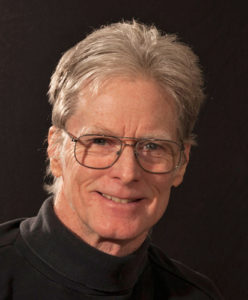 Joe McDonald has been photographing wildlife and nature since he was a high school freshman and was selling his photos to the National Wildlife Federation. He has been published in every natural history publication in the U.S., including Audubon, Bird Watcher’s Digest, Birder’s World, Defenders, Living Bird, Natural History, National and International Wildlife, Ranger Rick, Smithsonian, Wildlife Conservation, and more. Joe is especially well known for his expertise in electronic flash and using equipment for high speed flash and for remote, unmanned photography. For more information, go to: www.hoothollow.com.
Joe McDonald has been photographing wildlife and nature since he was a high school freshman and was selling his photos to the National Wildlife Federation. He has been published in every natural history publication in the U.S., including Audubon, Bird Watcher’s Digest, Birder’s World, Defenders, Living Bird, Natural History, National and International Wildlife, Ranger Rick, Smithsonian, Wildlife Conservation, and more. Joe is especially well known for his expertise in electronic flash and using equipment for high speed flash and for remote, unmanned photography. For more information, go to: www.hoothollow.com.



